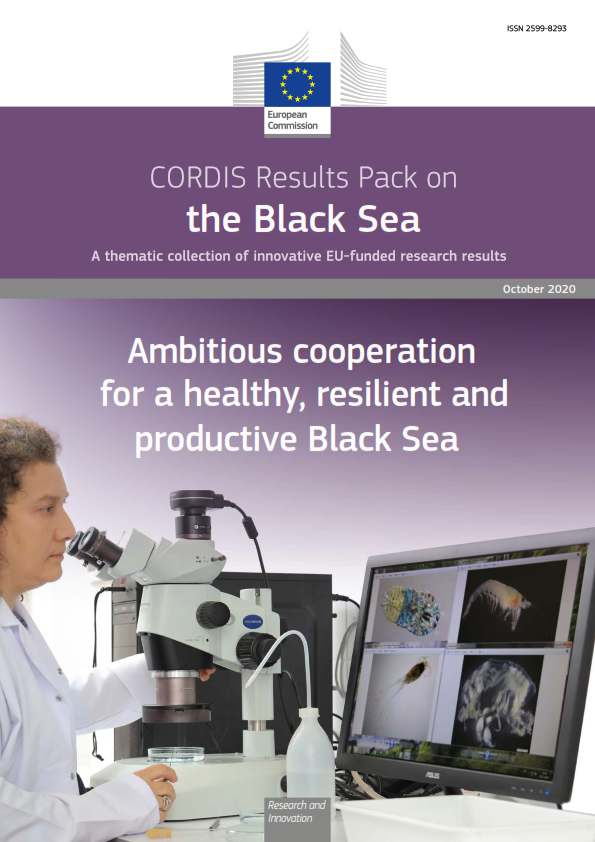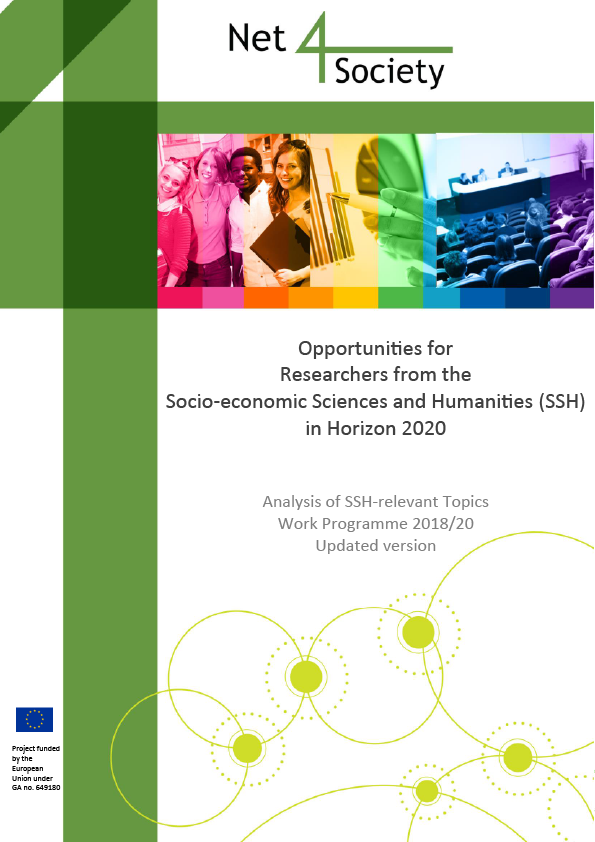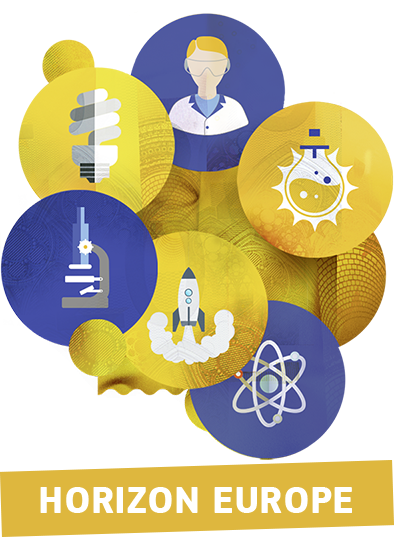Coal-based power stations and industrial facilities are largely powered by harmful fossil fuels. If we replaced fossil fuels with solid biofuels, Europe would dramatically reduce its CO2 emissions. The EU-funded SECTOR project has optimised the production of new solid biofuels - so-called torrefied pellets. Standards to characterise the new properties are now being negotiated, and the product is ready for broad use.
“Torrefied biomass — heat-treated biomass fuel — is an additional and viable option to reducing greenhouse gases,” explains SECTOR project coordinator Daniela Thrän. If coal power stations and other industrial plants in Europe start to burn torrefied biomass materials instead of coal or at the same time as coal, Europe will be more likely to meet its renewable energy targets, she explains. By 2020, Europe aims to have 20% of its energy consumption coming from renewable fuels. By 2030, this figure could be as high as 27%.
Unfortunately, torrefied biomass has not been widely adopted in the biofuel market, even though torrefaction technology has been around for more than a decade. The biggest barriers have been weaknesses in the torrefied pellet production system and a lack of standards. The SECTOR project addressed both, while making the process to produce the pellets more competitive.
The project supported the market introduction of torrefaction-based bioenergy carriers as a commodity – a sustainable and renewable solid fuel.
Heat-treated biomass for high-performing biofuel
Ideally, biomass must be compact for cheaper storage and durable enough to be stored and transported easily. But it must also be easy to crush or grind in existing mills and must release as much energy as possible when it’s used as fuel.
The torrefaction process involves heating biomass, such as wood or straw, to high temperatures of 250-320°C in the absence of oxygen. The heat transforms the biomass and by compacting it, pellets or briquettes with enhanced properties can be produced.
Torrefied biomass traps more energy in each pellet than traditional biomass, and burns with only very few greenhouse-gas-relevant CO2 emissions. More compact and stable, the torrefied pellets also cost less to store and transport than ordinary wood pellets. And in addition to being easier to crush or grind, they are more water resistant, taking longer to rot or deteriorate. Outdoor storage may even be possible for a while, depending on the raw material.
“The project was ground breaking,” Thrän points out, “because it enabled us, for the first time, to investigate and optimise the whole process chain systematically, considering the application of laboratory research at a demonstration facility.” At the facility, researchers fine-tuned the torrefaction process, and produced and tested solid brown pellets (torrefied pellets) of a particular quality.
The next step was to support the work on quality standards for the torrefied materials and to demonstrate the economic and environmental business case for torrefaction. The aim was to support the introduction of torrefaction-based bioenergy carriers as a commodity — a renewable solid fuel.
Completing the torrefaction picture
During the SECTOR project, researchers torrefied and tested about 12 different biomass feedstocks, including pine, spruce, forest residues, bamboo, straw and Paulownia. Through improvements in the process and by using a variety of raw materials, the project has successfully broadened the range of feedstocks and types of raw materials that industry can torrefy effectively.
Torrefaction, or the roasting/superdrying of biomass, can be carried out using a variety of technologies and reactors. Designing the ideal reactor is one way to improve torrefaction, but optimising and integrating the torrefaction process are equally important. For the SECTOR consortium, this involved minimising energy use and maximising compression efficiency while improving the quality of the material produced.
The quality of the pellets produced was tested in different industrial plants. Over the course of the project, researchers tested and documented the properties and behaviour of more than 150 tonnes of torrefied pellets and briquettes. “This provided the industry with a complete picture of torrefaction,” reports Thrän.
And industry now knows more about how torrefied biomass pellets measure up against other renewable energy sources, with the project’s torrefied biomass pellets demonstrating their value for application. “These pellets have better energy-carrying performance than other wood pellets and energy carriers”, says the coordinator. The project produced comparative detailed data for 35 materials.
The project results confirmed that torrefaction-based bioenergy carriers can be produced with high energy efficiency, at highly competitive costs compared to conventional biomass pellets and with low environmental impact. Furthermore, test results in the three principal end-use applications (co-firing, (co-) gasification and combustion in commercial small scale boilers) demonstrated the relevance of torrefied biomass fuels, which have the potential to help make energy provision more efficient and sustainable.
For those concerned about social and environmental impact, “The project also considered the degree of sustainability that a plant can achieve through renewable energy sources,” explains Thrän. Researchers investigated how torrefaction may affect climate change, biodiversity and other ecosystem services in the US and Africa and found that torrefaction has less impact on ecosystem services than fossil fuels and fuels from other types of biomass, such as energy crops that are planted annually.
New standards and policy for increased bioenergy use
The International Organization for Standardization (ISO) Committee is now negotiating the technical standards for this torrefied biomass energy carrier. Once finalised, the carriers should be ready for the market. Industrial plants and power stations could then start to introduce bionergy on a large scale and with minimal modifications to their facilities.
Despite SECTOR’s improvements to the torrefaction process, it is still more expensive to use torrefied energy carriers than fossil fuels. Thrän has a clear view of what is now needed to make the process more attractive: “In order to further reduce the cost of producing torrefied biomass energy carriers, Europe needs a progressive green house gas emission policy that recognises torrefaction as key to power generation.” This would further promote investment in producing torrefied material on an even larger scale and for a broader range of applications.
Project details
- Project acronym: SECTOR
- Participants: Germany (Coordinator), Finland, Netherlands, Denmark, UK, Austria, Sweden, Spain, Poland
- Project N°: 282826
- Total costs: € 10 288 836
- EU contribution: € 7 565 725
- Duration: January 2012 - June 2015










